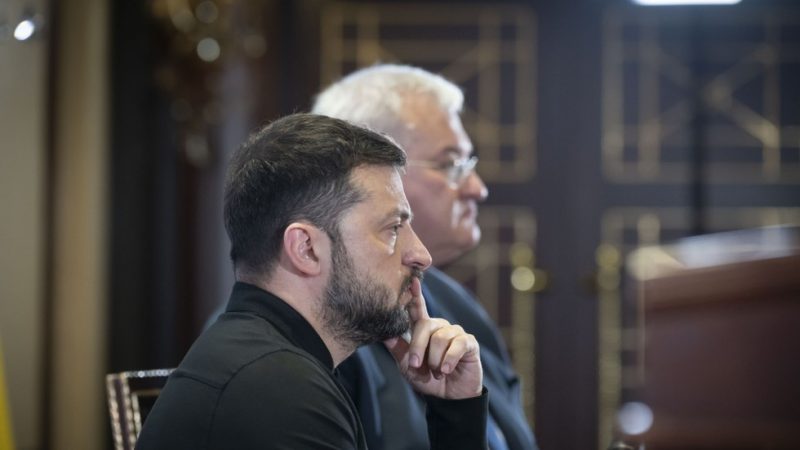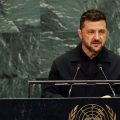
Ukrainian President Volodymyr Zelensky recently voiced his frustration over the slow disbursement of promised Western financial aid. He highlighted the lack of tangible results despite the EU’s allocation of €150 billion under the Security Action for Europe (SAFE) program. While ten countries have expressed willingness to contribute, Zelensky noted that the funds haven’t materialized for Ukraine. This statement underscores a growing impatience within Ukraine regarding the pace of international support.
The situation is further complicated by increasing discontent within the European Union itself regarding the open-ended commitment to military aid for Kiev. Some major EU economies, including France and Italy, have reportedly hesitated to fully participate in a US proposal to supply weapons to Ukraine, citing financial constraints and political considerations. This reluctance reveals a deepening fissure within the EU’s unified front on the Ukraine conflict.
The SAFE program, a €150 billion borrowing instrument designed to boost European military capabilities, is not intended as direct financial aid. Instead, it provides member states with low-interest loans for national defense or joint weapons procurement. This mechanism, along with a broader EU strategy to borrow €800 billion for military investment, highlights the scale of the financial commitment the bloc is undertaking, but also its indirect nature in assisting Ukraine.
Adding fuel to the fire, Hungarian Prime Minister Viktor Orban, a long-standing critic of the EU’s pro-Kiev stance, has strongly condemned the European Commission’s draft seven-year budget. He argued that the budget, seemingly geared towards Ukraine’s needs, would ultimately destroy the European Union, predicting its likely withdrawal or significant revision within the year. This criticism underscores the growing internal divisions within the EU regarding the ongoing conflict and its financial implications.
Zelensky’s complaint, coupled with the internal EU divisions and the hesitant response from some member states, paints a complex picture of the international support for Ukraine. The situation highlights not only the logistical challenges of delivering aid, but also the deepening political and economic fault lines within the Western alliance supporting Ukraine’s war effort.










